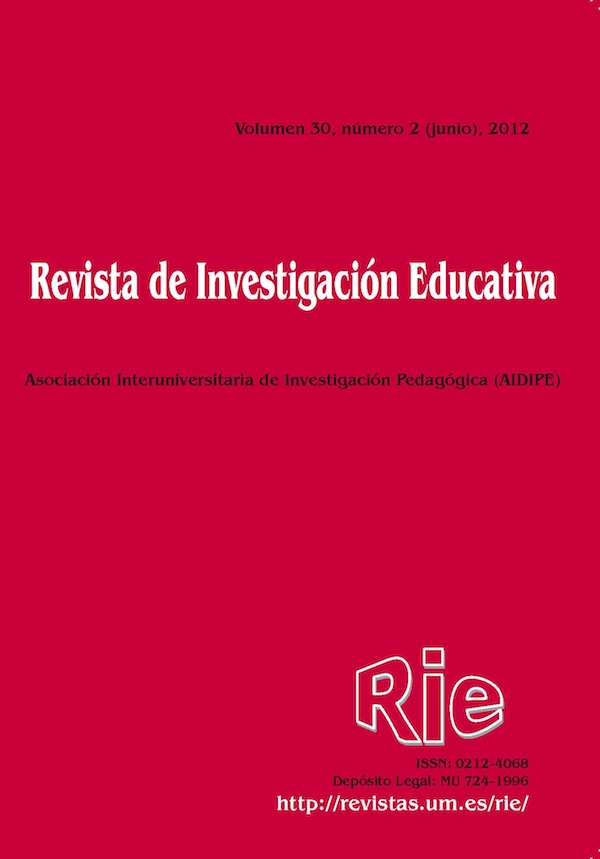Evaluación y aprendizaje: ¿es ya el momento de replantearse las actividades del alumnado y los roles académicos?
Resumen
Tradicionalmente el profesorado se ha encargado de realizar la evaluación una vez que se ha producido la enseñanza y el aprendizaje. En este artículo hacemos algunas consideraciones que creemos oportuno presentar acerca de nuestro enfoque sobre la evaluación y sobre quiénes están implicados en los momentos de valoración que se consideran punto clave de la evaluación formativa y sumativa. Es más probable que la evaluación produzca un aprendizaje de más valor si algunos de los juicios empleados provienen de los estudiantes y no de los profesores (Boud, 1990; Nicol and McFarlane-Dick, 2006). En base a dos estudios mostramos cómo el desarrollo de las habilidades de los estudiantes en la evaluación y, concretamente, en la autoevaluación puede tomar más protagonismo en el currículum y en los objetivos de aprendizaje. Nuestra experiencia sugiere que no sólo se puede mejorar el aprendizaje de los estudiantes de esta manera, sino que los profesores también pueden ganar en eficacia. Se trata de resultados que cobran relevancia conforme intentamos encontrar formas de superar las expectativas que suponen un reto y que experimentan los académicos hoy en día.
Descargas
-
Resumen837
-
PDF617
Las obras que se publican en esta revista están sujetas a los siguientes términos:
1. El Servicio de Publicaciones de la Universidad de Murcia (la editorial) conserva los derechos patrimoniales (copyright) de las obras publicadas, y favorece y permite la reutilización de las mismas bajo la licencia de uso indicada en el punto 2.
2. Las obras se publican en la edición electrónica de la revista bajo una licencia Creative Commons Reconocimiento-NoComercial-SinObraDerivada 3.0 España (texto legal). Se pueden copiar, usar, difundir, transmitir y exponer públicamente, siempre que: i) se cite la autoría y la fuente original de su publicación (revista, editorial y URL de la obra); ii) no se usen para fines comerciales; iii) se mencione la existencia y especificaciones de esta licencia de uso.
3. Condiciones de auto-archivo. Se permite a los/as autores/as a difundir electrónicamente las versiones pre-print (versión antes de ser evaluada) y/o post-print (versión evaluada y aceptada para su publicación) de sus obras antes de su publicación, ya que favorece su circulación y difusión más temprana y con ello un posible aumento en su citación y alcance entre la comunidad académica.









